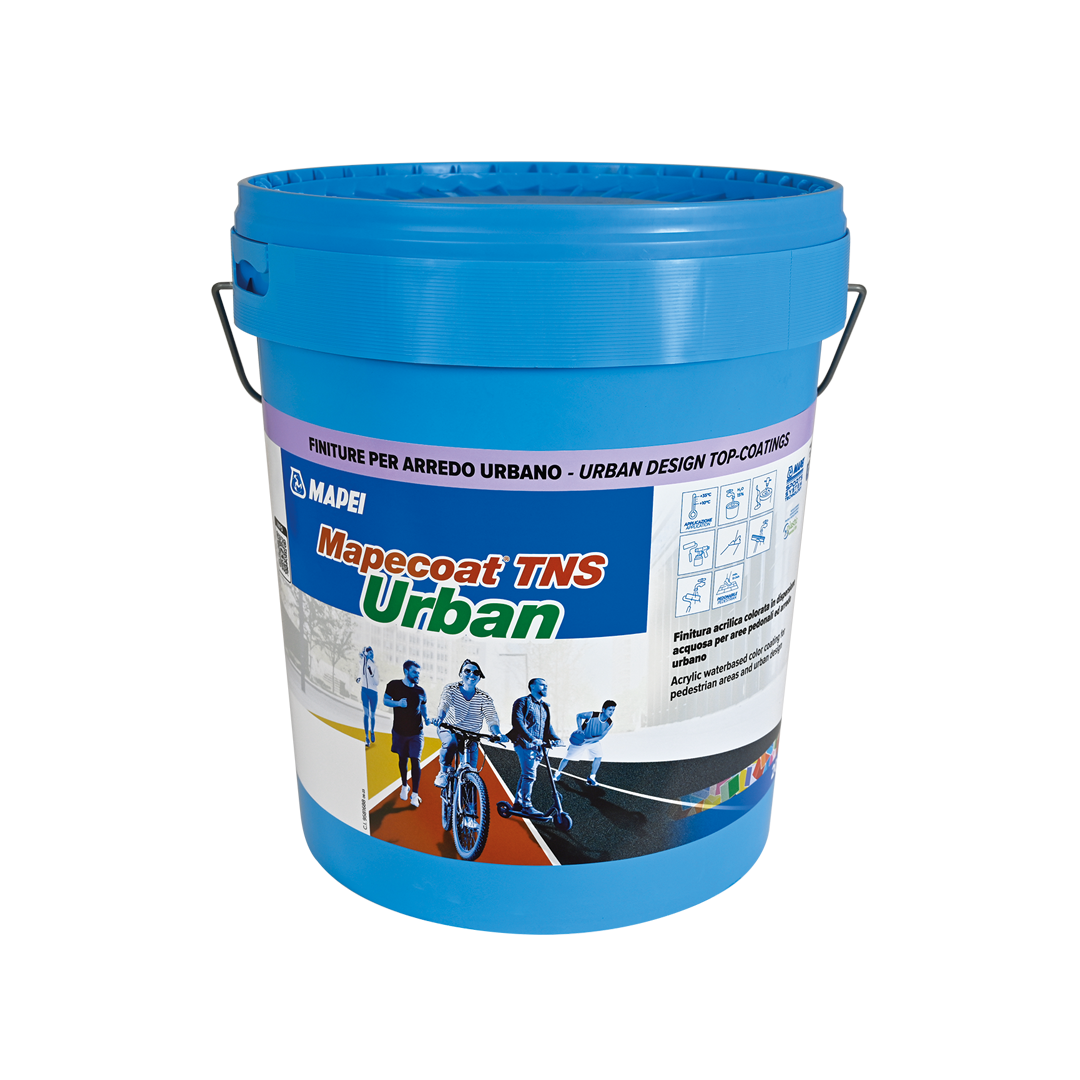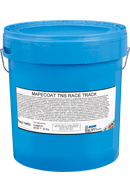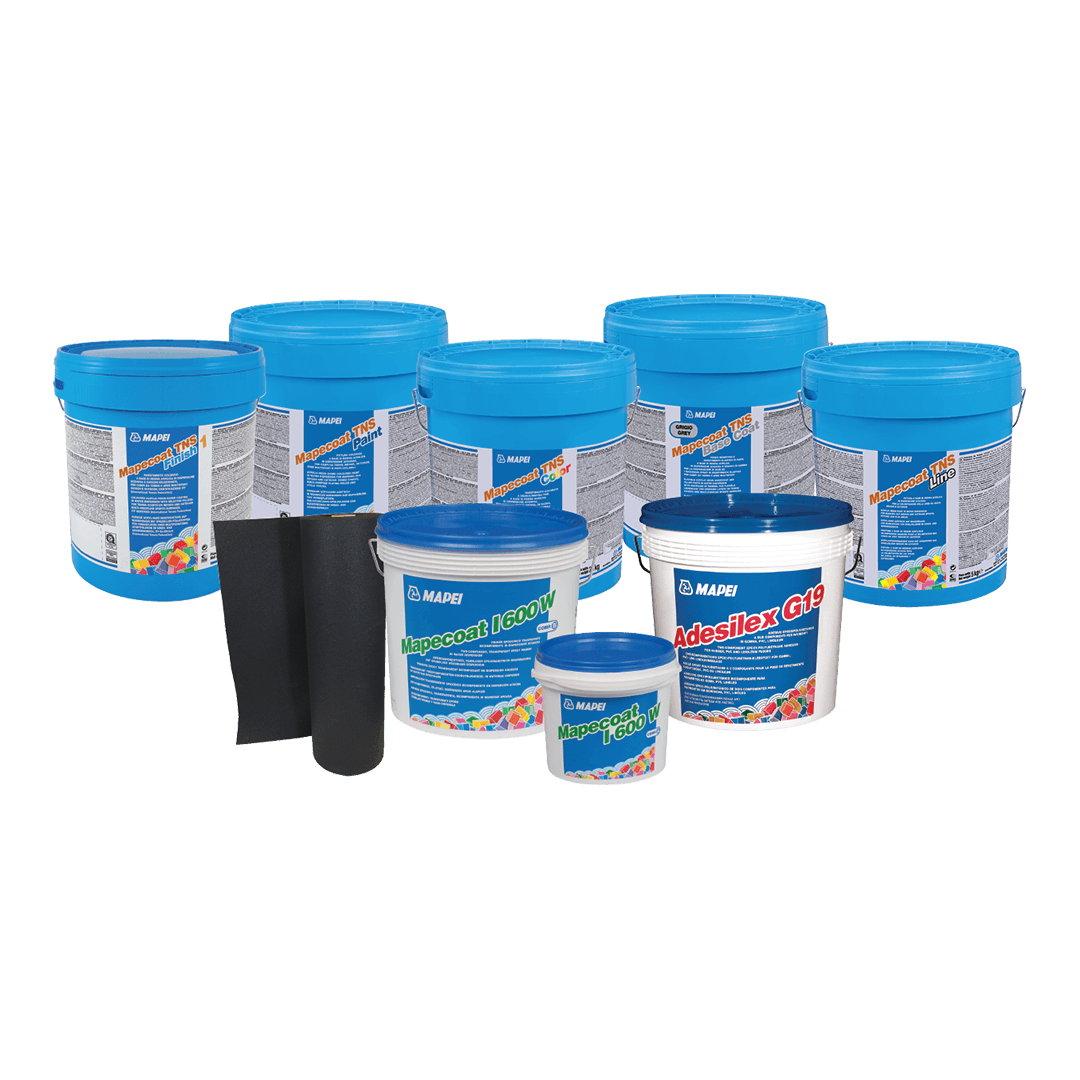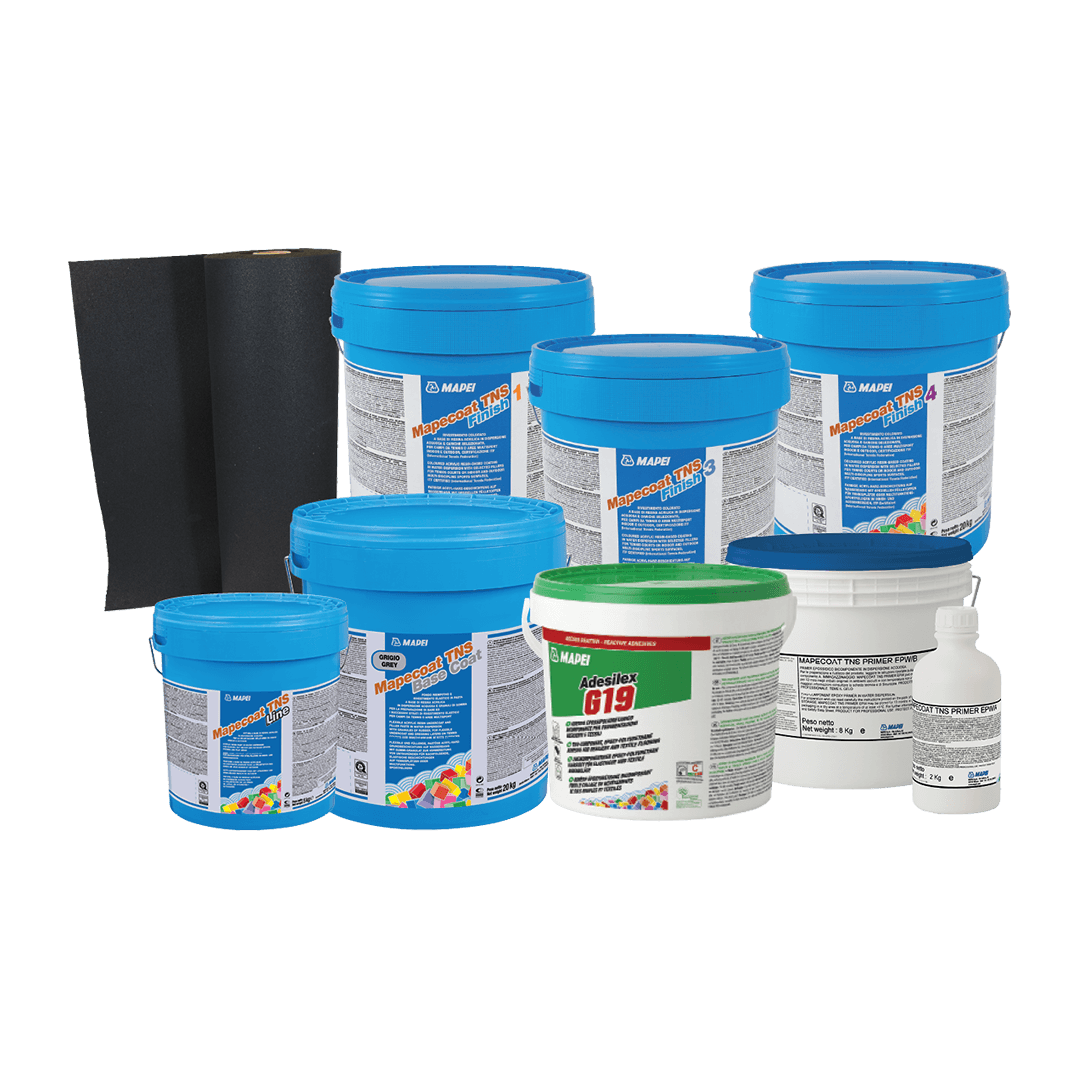Interview with Elisa Portigliatti
Creative use of coatings for new spaces dedicated to sport and sociability.
What is the connection between two apparently distant worlds?
On the one hand we have an interactive process, tactical urbanism, based on actions – at times direct actions by local residents, and at other times by the local authorities – aimed at improving public spaces so they are more useful and enjoyable for those who use them. While on the other hand we have sports facilities – such as the sanctuaries of football – places with a large turnout that bring people together.
On the one hand we have tactical urbanism aimed at converting lots of public spaces used or occupied by cars into creative solutions, so that people can cross them more easily or even take a pause to read, have a chat, play, work or have a drink.
On the other hand there are sports arenas, where the quest for athletes to improve their performance needs to be combined with the need for spectators to take part and enjoy following the event. In both cases, therefore, the objective is to re-modulate the space and create an island of sociability. And this is the connection between two apparently distant worlds.
Even more pressing is the correlation between these two realities, if you consider that, to remove acres of “road space” from traffic to hand it over to pedestrians, and to transform roads into something more than an anonymous “sea of grey”, you need to give asphalt a splash of colour, to be creative and identify pedestrian zones more clearly.
The aim of applying coatings on asphalt in a creative manner is not only to improve aesthetics and safety; it is also for “place-keeping”, that is, to make it clear that certain spaces can and must be used by those who live nearby. In order for these interventions to be effective, however, not only do you need to use aesthetically excellent “paints”; these treatments must also and above all be durable and resistant to the aggressive action of the environment, as well as to those actions deriving from their actual use.
In the sports facilities sector, materials – not only for sports surfaces, but also for areas where spectators are in transit or remain seated or standing – are subjected to exceptional stresses and loads, high levels of wear from the footfall of large groups of spectators, and constant exposure to bad weather, aggressive air and atmospheric particulate matter.
In view of this, Mapei’s experience can be the ideal solution in the regeneration of urban spaces, associating the concept of beauty with the concept of durability and, as a result, of sustainability.
More specifically, today’s range has been further extended with the introduction of the new two-component, epoxy-acrylic resin-based coating MAPECOAT TNS EXTREME in water dispersion, which can even be used to great benefit to colour areas with vehicle access. And what is more, MAPECOAT TNS EXTREME is also rapid-drying which allows application times to be optimised and reduces the down-time of sites.









April 21, 2023. 12:13 PM
June 9, 2023. 5:33 AM
December 12, 2019. 5:34 AM
